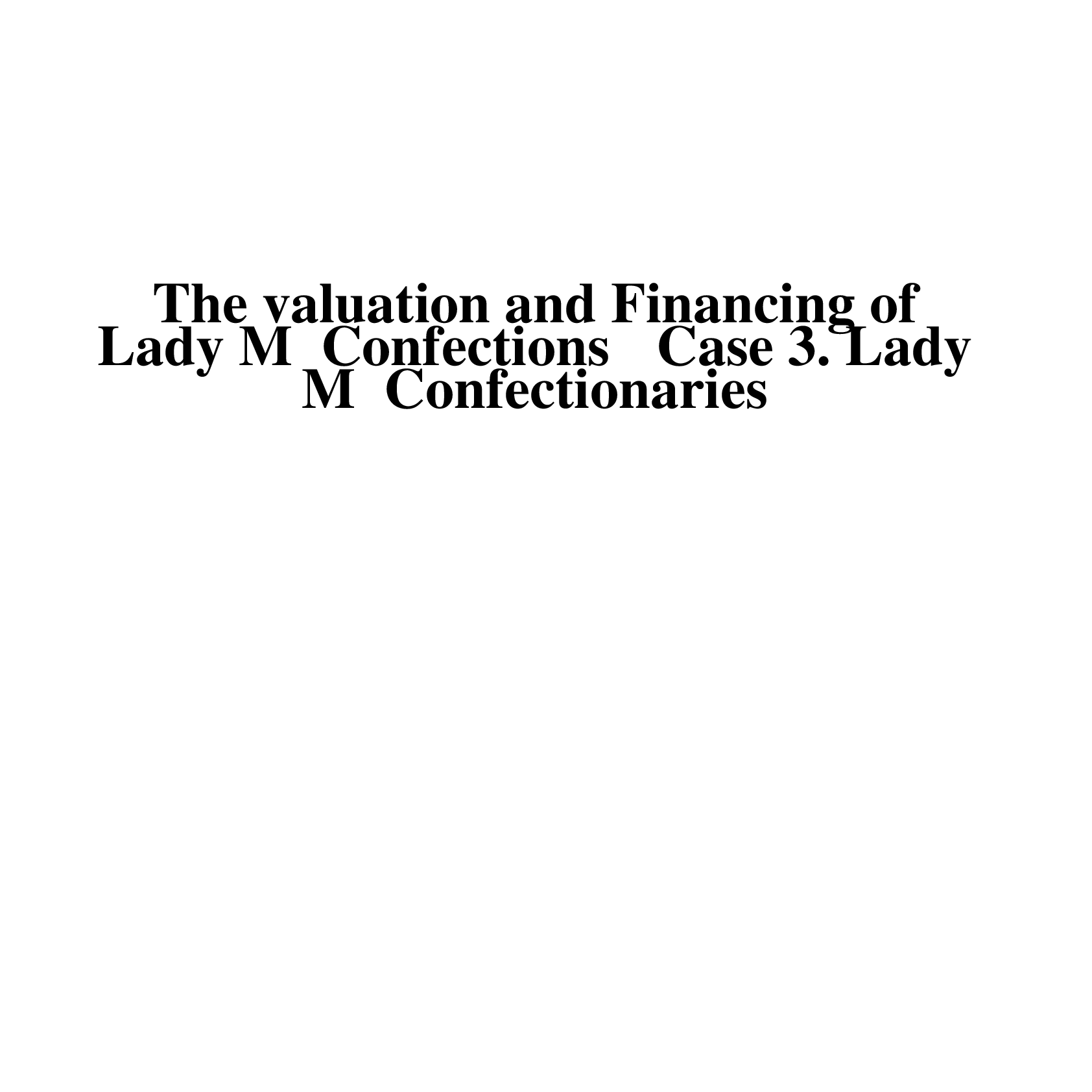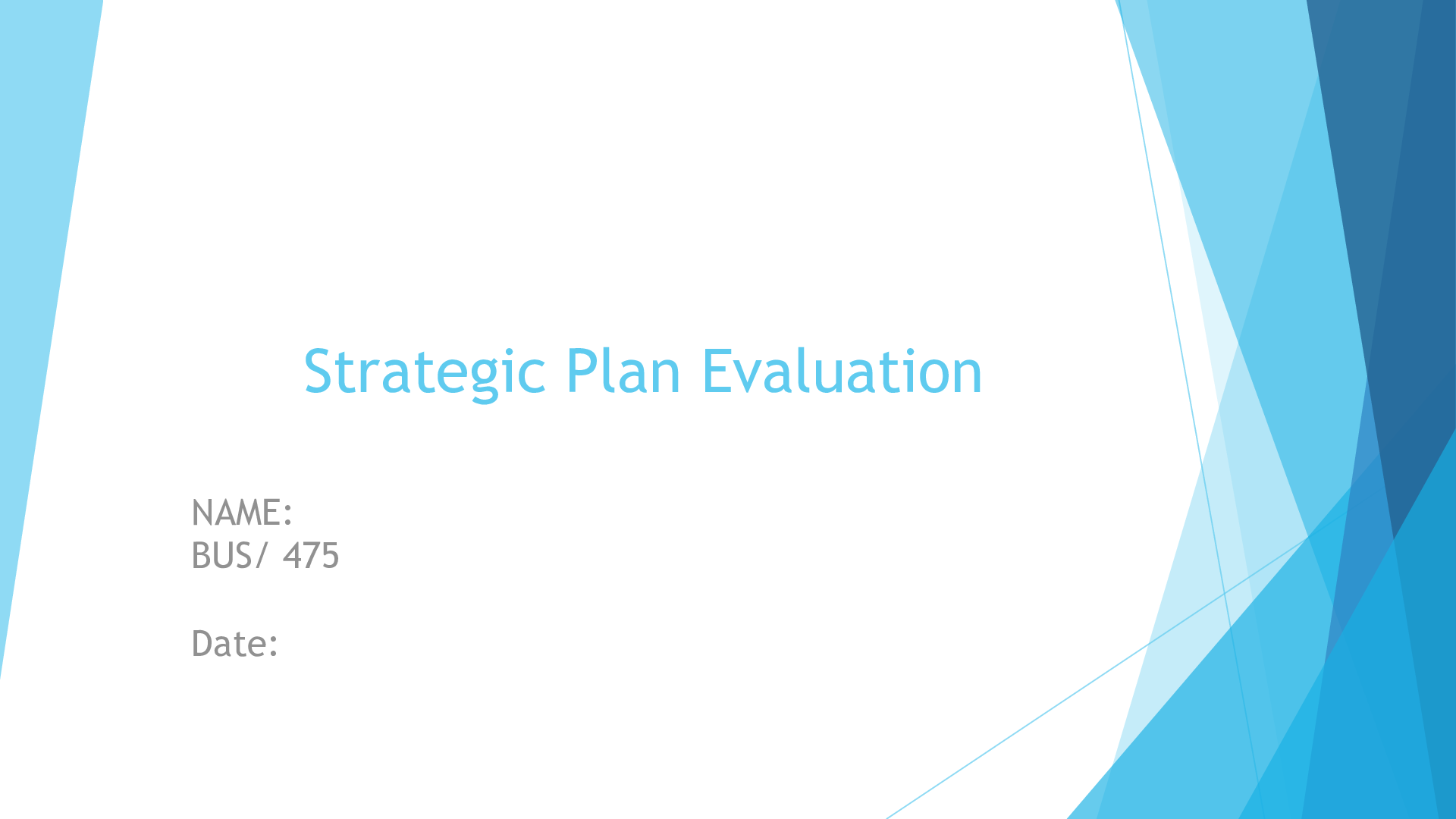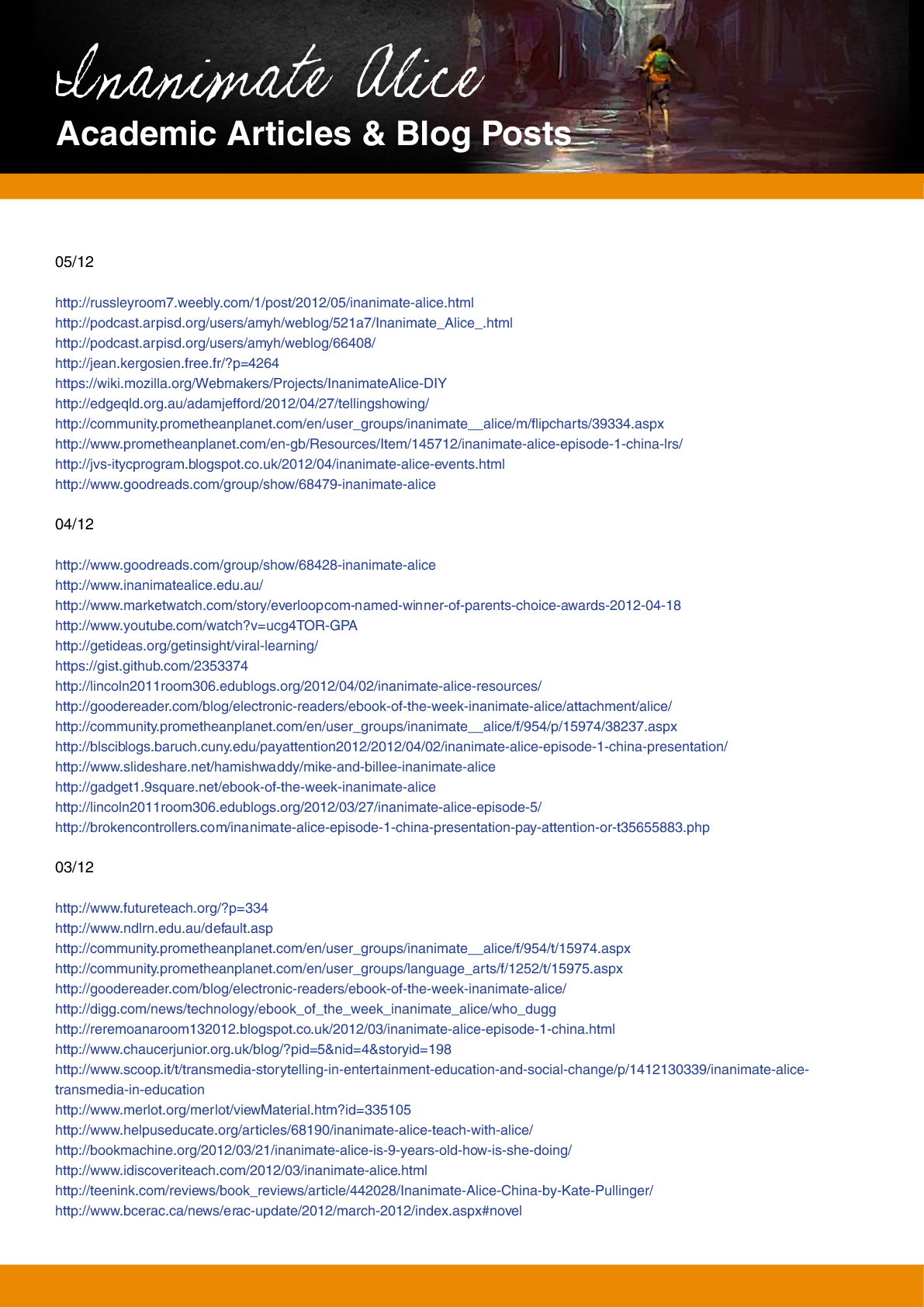*NURSING > Presentation > ATI Exit Practice Question Notes. Best and Most Comprehensive Study Notes (All)
ATI Exit Practice Question Notes. Best and Most Comprehensive Study Notes
Document Content and Description Below
ATI Exit Practice Question Notes Carbohydrates: contain 4 calories per gram Proteins: contain 4 calories per gram Fats: contain 9 calories per gram Findings associated with Phlebitis • Erythe ... ma • Throbbing • Warmth at the insertion site • Streak formation Findings associated with infiltration: • Pallor • Local swelling • Decreased skin temperature. Telephone order (in addition to hand written notes): obtain the providers signature within 24 hours Preventing skin breakdown for a client with a spinal cord injury • Turn every 2 hours • Use pillows to keep the heels off the bed surface and prevent skin breakdown on the clients heels • Apply lotion and avoid applying powder to the skin, which would cause skin breakdown • Minimize skin exposure to moisture to prevent skin breakdown Multiple Myeloma: Increased Calcium • Decreased: Absolute Neutrophil Count (ANC), Platelets, and WBC count IV Cefoxitin (Mefoxin): a client with a suspected or documented history of allergy to penicillin’s may also have an allergy to cephalosporin’s that could result in anaphylaxis Fluoxetine (Prozac): the usual recommendation is to take fluoxetine as a single dose in the morning Dryness, Redness, and Scaling after radiation treatment: apply hydrating lotions that do not contain metal, alcohol, or perfume Early Signs of Lithium Toxicity: gastrointestinal distress, polyuria, muscle weakness, and slurred speech Late Signs of Lithium Toxicity: mental confusion, poor coordination, and coarse tremors Removal of PPE 1) Remove gloves 2) Removes protective eyewear 3) Remove gown 4) Remove mask 5) Perform hand hygiene Pneumonectomy: surgical removal of the lung, which is commonly performed to remove a tumor in a client who has lung cancer. • Positioning for a client with a right pneumonectomy: position on the right side (operative side), because it promotes ventilation of the only remaining lung. • After surgery: the operative side should be dependent so that the fluid in the pleural space remains below the level of the bronchial stump and the inoperative side can fully expand Contaminating a sterile field: opening a sterile package over the middle of the sterile field Estimating Age: 18 Months: anterior fontanels close 24 Months/ 2 years: child should speak in two-and-three word phrases 30 Months/ 2½ years: child completes primary dentition (24 deciduous teeth) Skeletal Traction Pin Care: Do not remove crust around pin site during cleaning because this provides a natural barrier from bacteria Urolithiasis (Uric Acid Stones): a diet high in foods containing purines is a risk factor for uric acid stones Iron sources in infants: iron sources deplete and needs to be supplemented in infants Chronic Bronchitis: resonance percussion sounds Pneumonia: dullness percussion sounds Pneumothorax: tympany percussion sounds Pleural Effusion: flatness percussion sounds “Dirty Bomb”: combines radiologic agents with an explosive device resulting in immediate effects of radiation exposure Jaundice in an African American client: most reliable source to diagnose is the hard palate Risk for Addisonian Crisis: daily weights will alert the nurse that dehydration is occurring, which could indicate an impending crisis Thrombophlebitis: vein inflammation related to blood clots • Bed rest is usually prescribed for 5 to 7 days Gout: painful and disabling form of arthritis caused by an excess of uric acid in the body. • Should not take aspirin: can interfere with uric acid excretion and may precipitate an acute onset • Fluid intake of a minimum of 2,500 mL/day: recommended to minimize uric acid stones • NO Purine: avoid all foods high in purines • Alcohol: men who have gout are instructed to limit alcohol consumption to no more than two drinks a day, and women to only one drink a day Basal cell carcinoma: begins as a small, waxy nodule with rolled, translucent, pearly borders. Squamous cell carcinoma: appears as a rough, thickened, ulcerated tumor that may bleed; it may also be asymptomatic Right Cataract Extraction: avoid lifting anything heavier than 4.5 kg (10lb) for 1 week Sengstaken-Blakemore Tubes: provide oral and nares care every 2 hours • A client who has a Sengstaken-Blakemore tube in place will be unable to swallow. • If the client is alert, the nurse should provide tissues and encourage spitting of saliva into a tissue or basin. • If the client is not alert, gentle suctioning of the oral cavity may be needed to remove secretions. Sengstaken-Blakemore Tubes: maintain constant observation while balloons are inflated • A Sengstaken-Blakemore tube is used to stop or slow bleeding from the esophagus and stomach. • When balloons are inflated, they put pressure on the areas that are hemorrhaging to tamponade the bleeding. • While the balloons are inflated, the client must be observed constantly because displacement can cause airway obstruction. Cardiac Enzyme Studies and Acute MI • Cardiac enzyme studies are obtained because their degree of elevation reflects the degree of damage to the myocardium. • CPK and Troponin: enzymes have a characteristic rise and fall pattern after an MI Knee Arthroplasty: clients are allowed to walk, as tolerated, following the procedure but should not overuse or strain the joint. • Crutches or a knee brace are prescribed when weight-bearing limitations are indicated. Systemic Lupus Erythematosus (SLE): exacerbating factors • Sunlight • Pregnancy • Infection • Exercise is NOT an exacerbating factor Left Sided CVA program goals: establish the ability to communicate effectively • Left hemisphere: dominant for language • Right hemisphere: learn how to control impulsive behavior Skeletal traction: hang freely at all time and are never to be removed without a specific provider prescription unless there is a life-threatening situation Transsphenoidal hypohysecotomy & clear drainage seeping from the nasal packing • Check the drainage for glucose: indicates that the drainage is CSF Gastric drainage: pH of 4.0 Hypothyroidism: elevated thyroid stimulating hormone (TSH) Cranial Nerve III (Oculomotor), IV (Trochlear), and VI (abducens): eye movement and pupillary response to light Cranial Nerve II (Optic): visual acuity Cranial Nerve VII (Facial): motor nerve that controls facial asymmetry Cranial Nerves IX (Glossopharyngeal) and X (Vagus): controls gag reflex Aspirin and Rheumatoid Arthritis • Erythrocyte sedimentation rate (ESR) is useful in detecting and monitoring tissue inflammation in clients with RH Decreasing Serum Ammonia Levels in End-Stage Cirrhosis of the Liver: start the client on a low-protein, high-calorie diet Endometrial Cancer: hx. of postmenopausal bleeding • The most common manifestation of endometrial cancer is abnormal uterine bleeding, including postmenopausal bleeding and bleeding between normal periods in premenopausal women. Cataracts symptoms: seeing halos and rainbows when looking at lights • Symptoms of cataracts include difficulty seeing at night, seeing halos around lights, having glare sensitivity, and experiencing decreased visual acuity, even in daylight Radiation therapy & maintaining skin integrity: use of ice packs is contraindicated • Avoiding ice packs helps avoid tissue damage. For clients undergoing radiation therapy, the most common issue is skin irritation in the area being irradiated. • Radiated skin also becomes thinner and may lack tissue receptors that would normally alert the client to a potential burn injury, so the use of ice packs is contraindicated Autonomic dysreflexia trigger: bladder distention • Autonomic dysreflexia happens when there is an irritation, pain, or stimulus to the nervous system below the level of injury • Catheter changes, a distended bladder or bowel, enemas, and sudden position Autonomic dysreflexia: clinical manifestations • Elevated blood pressure • Severe headache • Flushed face Most reliable screening tool for pulmonary TB: sputum culture for acid-fast bacillus • Noted in the sputum, secretions, or tissues of the client is the only method to actually confirm the diagnosis Most reliable screening tool for TB: Mantoux skin test • Most and valuable screening tool available for TB. A positive result means only that the client has been exposed to TB; it does not mean that the client has active TB disease. Systemic Scleroderma skin changes: finger contractures • Scleroderma is a chronic disease that can cause thickening, hardening, or tightening of the skin, blood vessels, and internal organs. • Symptoms include skin changes, Raynaud’s phenomenon, arthritis, muscle weakness, and dryness of the mucous membranes • Contractures will occur with advanced systemic scleroderma unless the client follows a regimen of range-of-motion and muscle-strengthening exercises, pain management, and joint protection Aluminum hydroxide (Amphojel): aluminum-based formulas are also phosphate binder, helping to lower serum phosphorus levels in clients who have chronic renal failure. Complications for Hypothermia Blanket: Shivering • The hypothermia (cooling) blanket, if used improperly (at inappropriately low temperature, or without protection), can cause the client to cool too fast, leading to shivering. • To prevent heat loss from the skin, the body becomes peripherally vasoconstricted in an attempt to reduce heat loss. • The body will also try to increase heat production by shivering, which can increase the metabolic rate by two to five times and in doing so greatly raise oxygen consumption Instructions for a client with a total abdominal hysterectomy and bilateral salpingo-oophorectomy: artificial lubrication can be used to treat vaginal itching and dryness • Atrophic vaginal changes occur due to the loss of estrogen postoperatively and can cause pain and dryness during sexual relations. • Artificial lubricants may reduce the symptoms associated with diminished mucous production. Emptying ileal conduit: every 2 hours • An ileal conduit is used to divert urine outside of the body when the urinary bladder has been removed. • The conduit cannot store urine the way the bladder did; therefore, urine will be flowing continuously, and an appliance must be worn as a collecting device. • The bag should be emptied approximately every 2 hours to prevent leakage, skin irritation, and infection. Active pulmonary tuberculosis and Ethambutol (Myambutol): monitor visual acuity • A significant adverse effect of Myambutol is optic neuritis, vision loss, and loss of color discrimination, especially red and green. • Baseline vision testing should be performed before use, and visual acuity monitored at regular intervals Suspicion of carpal tunnel syndrome: hold the wrist at a 90-degree flexion • Tapping over the median nerve at the wrist may cause pain to shoot from the wrist to the hand, and bending the wrist at a 90-degree flexion will usually result in numbness, tingling, or weakness. The classic three symptoms of increased ICP in a conscious client are nausea, headache, and diplopia (double vision). Venous access bacterial endocarditis: peripherally inserted central catheter • A PICC line is the venous access device commonly used when the client needs extended, but not permanent IV access. • May remain in place for weeks or months • Can also be used to draw blood samples without the need for additional venipunctures COPD and helping the client with tenacious bronchial secretions: encouraging the client to drink eight glasses of water daily • COPD is a term that is used to two closely related diseases of the respiratory system: chronic bronchitis and emphysema. • Maintaining hydration through the consumption of adequate fluids will help to liquefy the tenacious (thick) secretions. • It is advised that the client drink six to eight glasses of fluid (preferably water) daily to keep the bronchial secretions thin. Cardiac Catheterization and contrast dye: the dye used during a cardiac catheterization acts as a diuretic and causes increased urination. Unsafe Actions – Risk for Thrombophlebitis: Crossing the legs • Thrombophlebitis is vein inflammation related to a blood clot. • A client who is at risk for development of thrombophlebitis should not cross the legs. • This action can impede circulation and increase the client’s risk. • Early, frequent ambulation, use of sequential compression devices and support stockings, and therapeutic anticoagulation are important preventative measures for this client. Escharotomy: large incisions will be made in the eschar to improve circulation • A surgical incision is made to release pressure and improve circulation in a part of the body that has a deep burn and is experiencing excessive swelling. • Burn injuries that encircle a body part, such as an arm or the chest, can cause swelling and tightness in the affected area, resulting in reduced circulation. • Making surgical incisions into the burned tissue allows the skin to expand, reduces tightness and pressure, and improves circulation. Paraplegia: paralysis of both legs is seen after a spinal cord injury below T1 Quadriplegia: paralysis of all four extremities is seen with spinal cord injuries in the cervical vertebrae above C7 Hemiplegia: paralysis of an arm and leg on the same side of the body is seen after a cerebral vascular accident, or stroke Hepatitis B and long history of IV drug use intervention: bed rest with commode privileges • Bed rest is usually recommended until the symptoms of hepatitis have subsided. • Bed rest will rest the liver and decrease energy demands. Hepatitis B virus is transmitted via blood and other body fluids. • A commode is used, rather than having the client share a common bathroom with a roommate, for infection control considerations Hemolytic transfusion reaction: flank pain • A hemolytic transfusion reaction occurs when antibodies in the recipient’s blood react to foreign blood cells introduced by the transfusion. • The antibodies bind to the foreign cells and destroy them in a process known as hemolysis. • Flank pain and hematuria are classic manifestations of a hemolytic transfusion reaction. [Show More]
Last updated: 3 years ago
Preview 1 out of 25 pages

Buy this document to get the full access instantly
Instant Download Access after purchase
Buy NowInstant download
We Accept:

Reviews( 0 )
$8.50
Can't find what you want? Try our AI powered Search
Document information
Connected school, study & course
About the document
Uploaded On
Aug 11, 2020
Number of pages
25
Written in
All
Additional information
This document has been written for:
Uploaded
Aug 11, 2020
Downloads
0
Views
205


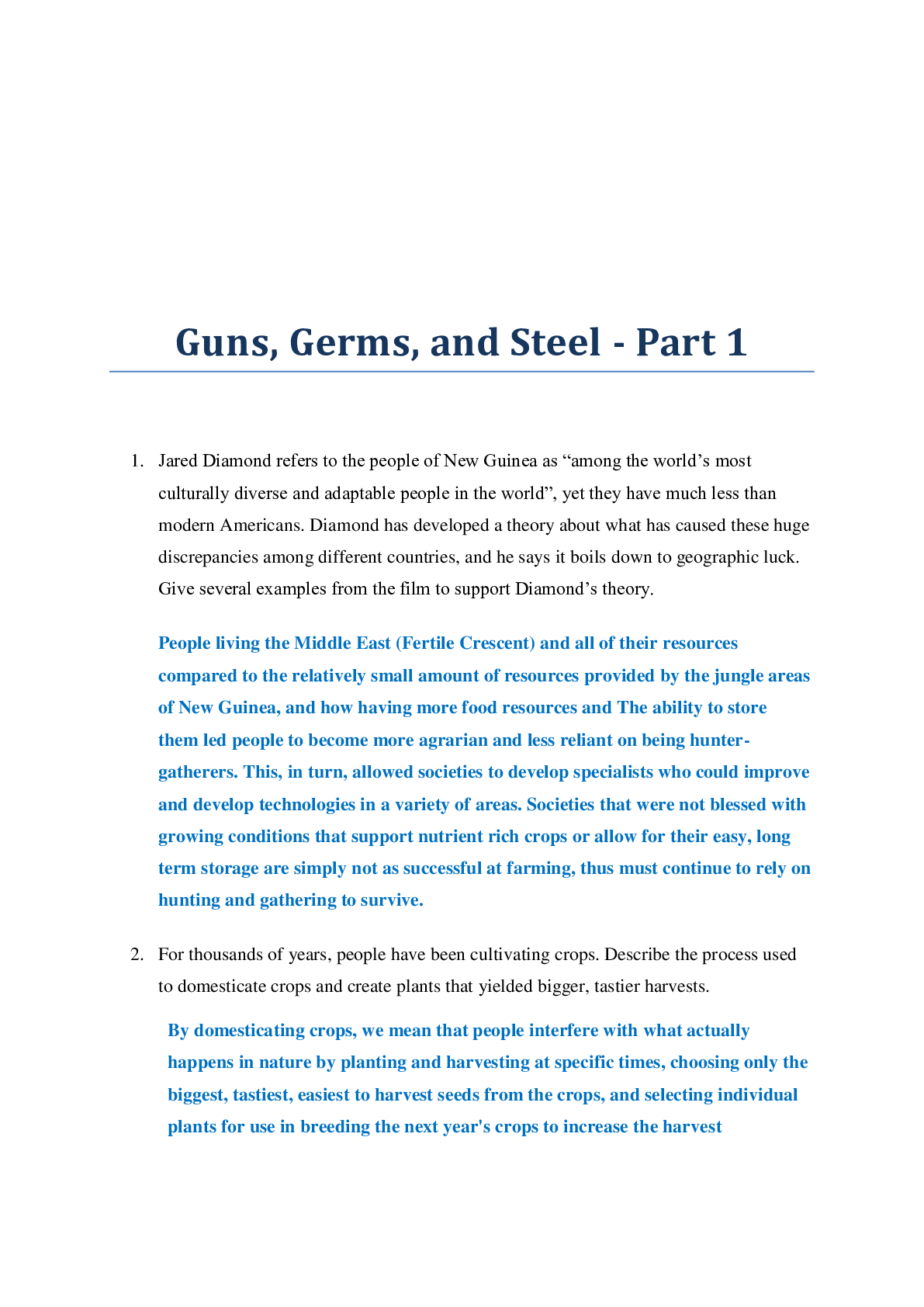

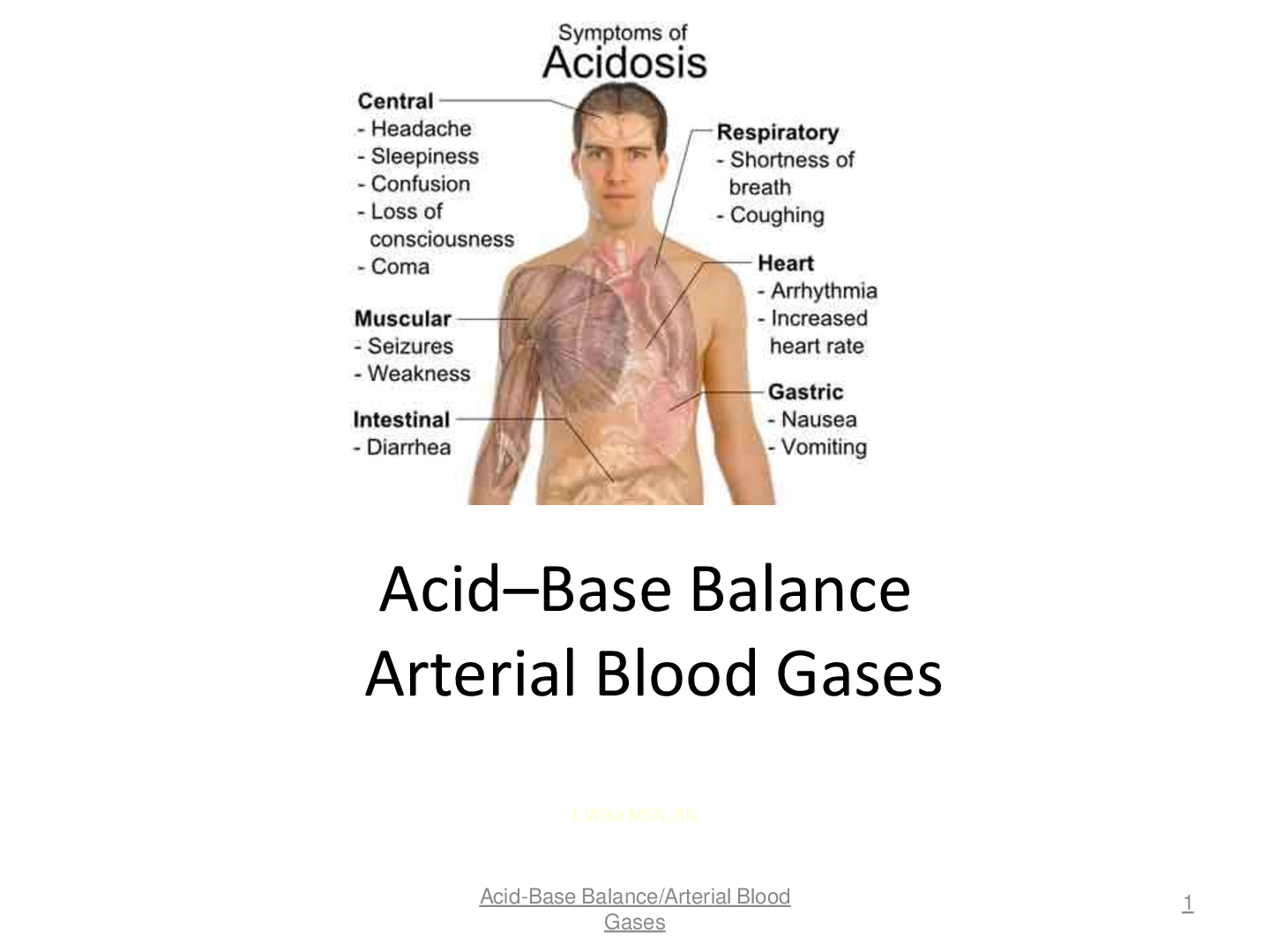
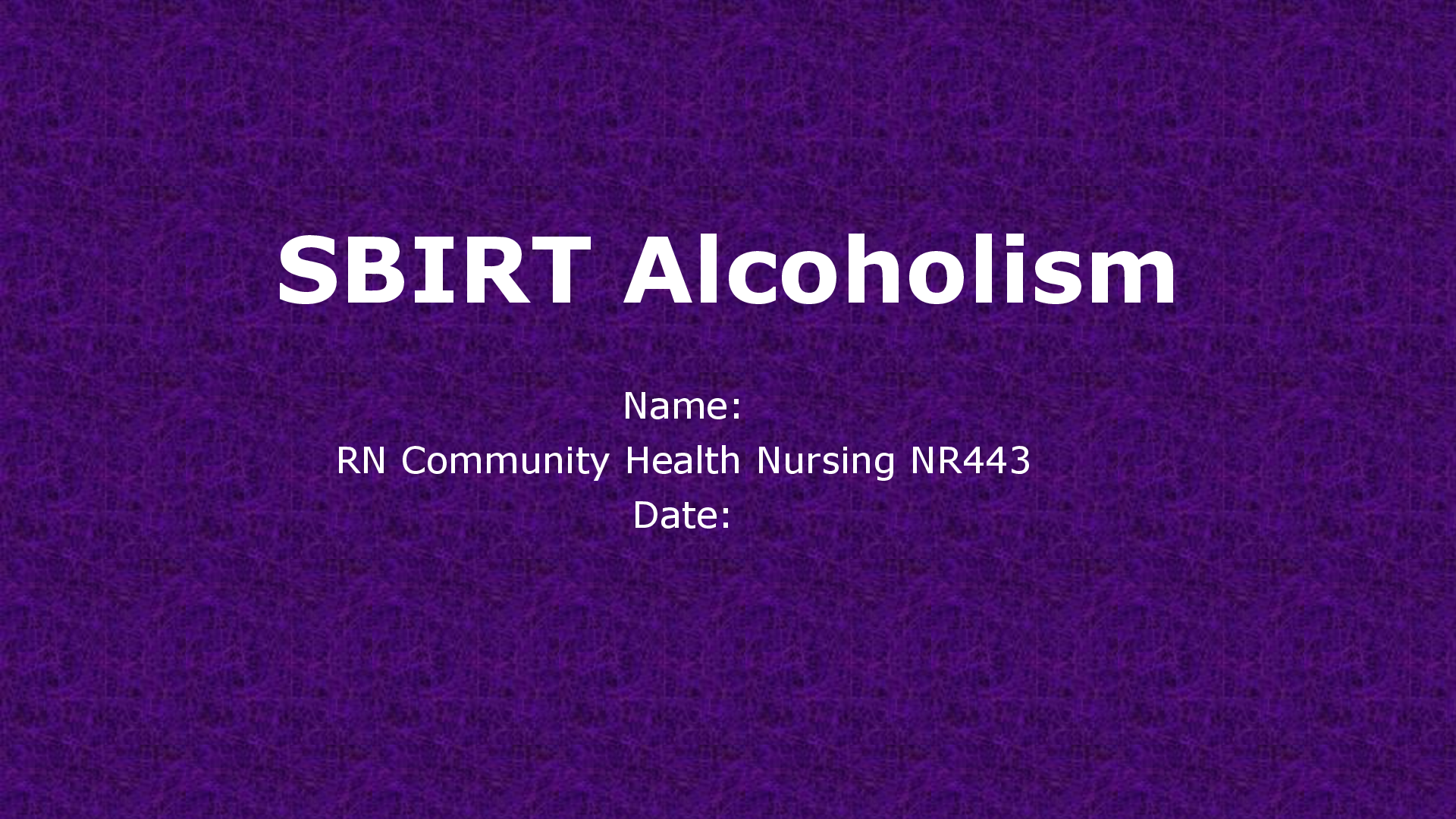
 (1).png)


